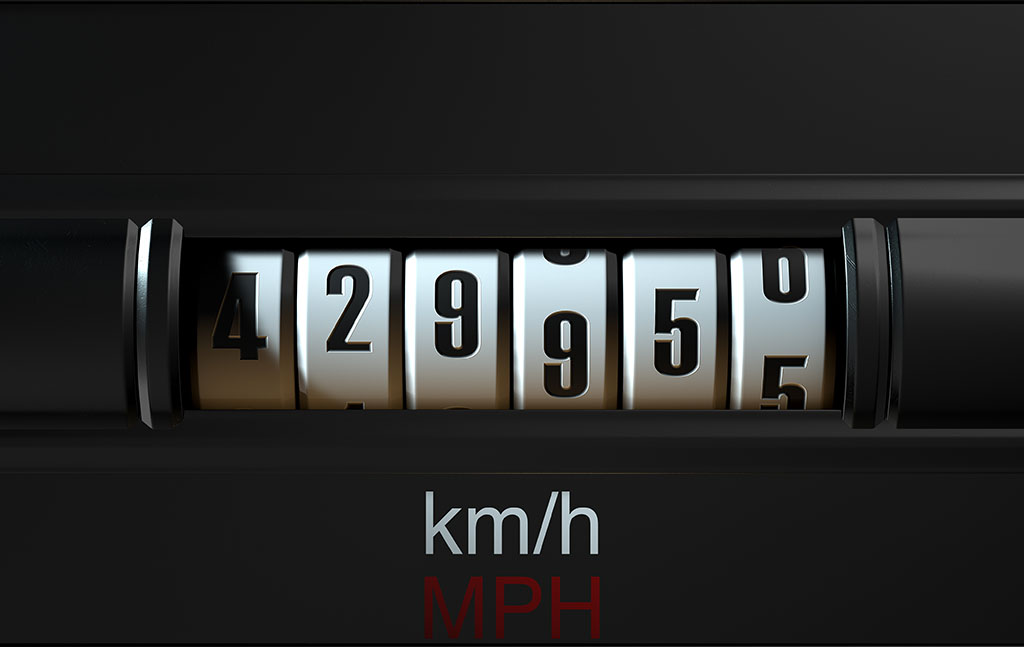The IRS provides you with a choice of two methods for claiming business mileage on your taxes.
You can use the actual expenses method to calculate your mileage deduction, which requires adding up all of the money spent operating your vehicle and multiplying it by the percentage that you used it for business. Or, you can use the standard mileage method, which requires adding up all of the miles you drove for business during the year and multiplying it by the standard mileage rate set by the IRS for that year.
Here’s a closer look at how to calculate your business mileage deduction using each of these two methods.
Using the Actual Expenses Method
To calculate your business mileage deduction using this method, you must keep careful track of all the money you spend related to the operation of your vehicle during the year. You should check with your accountant to find out what’s covered in your state, but in general, these expenses can include:
- Lease payments
- Insurance payments
- Regular maintenance (oil changes, tire rotation, etc.)
- Repairs
- New parts (tires, windshield wipers, lights, etc.)
- Fees (registration, inspection, etc.)
- Depreciation
Once you add these expenses together, you multiply the total by the percentage you use your vehicle for business. For example, if you spent $10,000 related to the operation of your vehicle during the year, and you used it 30% of the time for business and 70% for personal use, you’d deduct $3,000 (10,000 x .30 = 3,000).
You should be able to produce receipts or proof of payment for each of these expenses, as well as a mileage log for business use. Otherwise, the IRS can more easily disallow your claim.
Using the Standard Mileage Method
This is considered the more simple of the two methods because it does not take into account the operating costs for your vehicle. It only requires you to track your mileage for business use. You can do this by creating a log that includes the dates and times you drove, descriptions of your business activity, and odometer readings for each trip. You can do it by hand, on a spreadsheet, or with a mobile app.
Once you add up the miles you’ve driven for business over the year, you multiply the total by the standard mileage rate determined by the IRS for the year. For example, if you drove 5,000 miles for work during 2019 when the standard mileage rate was 58 cents per mile, then your deduction would be $2,900 (5,000 x .58 = 2,900).
Deciding Which Calculation to Use
If your employer doesn’t reimburse you for business miles driven in your vehicle, or if you’re self-employed, then you’re entitled to a business mileage deduction on your taxes.
Each method of calculating your mileage deduction offers advantages and disadvantages, and those can change depending on your situation. For example, the actual expense method may end up being best for you if you had a lot of vehicle costs, such as repairs, during the year.
You may want to try calculating your deduction using both methods to find out which one will give you the larger payoff. However, it’s best to consult with a tax professional to determine the type of mileage deduction calculation that’s right for you each year.
Flex Tax and Consulting Group, our partner has served and managed all types of tax and revenue collection for the U.S. for more than eight years. Our value-added services and solutions are based on innovative thinking that fits our valuable clients’ needs. If you have any questions, please don’t hesitate to contact us at 415-860-6288 or info@flextcg.com.


Recent Comments